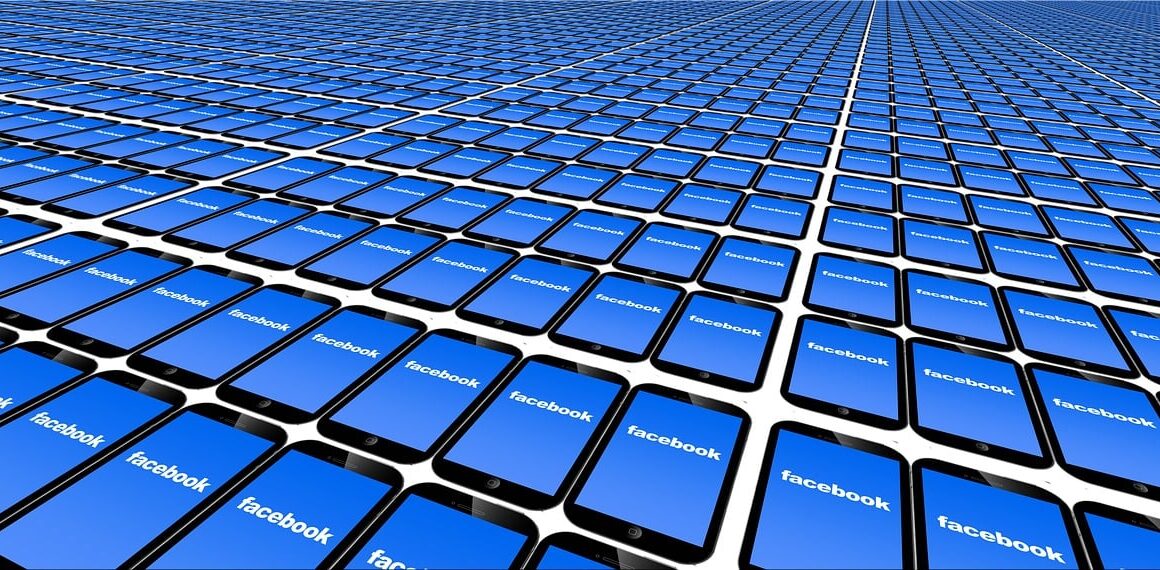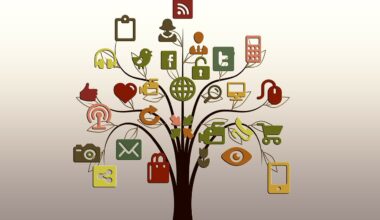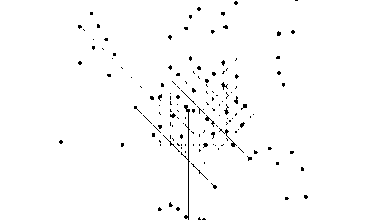The Psychology Behind Why Memes Work in Social Sharing
Memes have become a powerful tool in social media networking. Their effectiveness stems from psychological principles that tap into human behavior. Understanding why memes resonate with audiences is critical for marketers and content creators. They utilize humor, relatability, and visual appeal to engage users. Memes simplify complex ideas into digestible formats that are easy to understand and share. This ability to condense information makes memes particularly effective in fast-paced environments, such as social media. Additionally, memes create emotional connections, often invoking laughter or nostalgia, which enhances their shareability. When users connect emotionally, they’re more likely to share content with their networks, amplifying reach. The familiarity of memes also fosters community, as people bond over shared cultural references. By utilizing trending topics or recognizable formats, memes facilitate conversation and build rapport among users. Furthermore, they can be used strategically to draw attention to brands or messages, helping to convey information in an entertaining way. Marketers should consider these psychological factors when crafting effective memes that can engage and inspire audiences.
To use memes effectively, content creators must first identify their target audience. Understanding what resonates with them is essential for creating relatable content. Memes should speak the language of the audience while incorporating current trends and humor. Staying relevant to pop culture can significantly boost engagement, as people are more inclined to share content they find enjoyable and pertinent. Moreover, the visual nature of memes captures attention more rapidly than text alone. Creators should leverage vibrant images or videos to complement the humor and messaging of the meme. This visual appeal can enhance retention, ensuring that the message sticks in the minds of viewers. However, it’s crucial to maintain a balance; memes that are overly convoluted might confuse audiences. Clarity, combined with humor, tends to yield the best results in terms of social sharing. Another tactic is to promote user-generated memes, allowing followers to create variations based on an original theme. This not only fosters community engagement but also encourages audience creativity and participation. Ultimately, effective meme usage in social media networking is about understanding dynamics, engaging users emotionally, and fostering creativity.
Understanding Meme Virality
The concept of virality is pivotal when discussing memes in social media. Memes that are widely shared often have particular traits that contribute to their rapid spread. The first aspect is relatability, as memes that reflect common experiences connect deeply with audiences. They convey shared feelings, experiences, or frustrations, encouraging users to share them broadly within their networks. Moreover, simplicity plays a significant role; the best memes are easily digestible and convey a message quickly without requiring extensive explanation. Memes that use minimal text and clear images tend to perform best, as users can grasp the intent instantly. Furthermore, memes often capitalize on humor, which significantly enhances their shareability. People love to spread laughter, making funny memes more likely to go viral. Timing is equally essential; memes that align with current events or trends are better positioned to capture audience interest. This connection to timely subjects boosts their relevance, leading to increased sharing potential. Overall, recognizing the characteristics that contribute to a meme’s virality is crucial for anyone looking to leverage memes for social networking.
Additionally, the role of social media algorithms cannot be overlooked in the effectiveness of memes. Platforms such as Facebook, Instagram, and Twitter utilize algorithms to prioritize content engagement. Memes, due to their engaging nature, tend to receive higher interaction rates, which pushes them to a broader audience. Content that prompts likes, shares, or comments signals to these algorithms that it is valuable, hence increasing its visibility. Creators should actively engage with their audience, responding to comments and encouraging shares to maximize reach. Moreover, branded memes can serve dual purposes of entertainment and marketing, as they foster user engagement while subtly promoting products or services. This strategy often leads to increased brand recognition and customer loyalty. However, creators must maintain authenticity; memes should feel genuine rather than forced marketing ploys. Authenticity builds trust, ensuring the audience feels connected to both the content and the brand. The careful merging of entertainment with strategic marketing through memes can create powerful tools for social networking when done right.
Creativity in Meme Creation
Creativity plays a critical role in the success and effectiveness of memes. Unique and original content tends to stand out amidst the overwhelming flow of sameness on social media platforms. Creative memes often spark discussions and invite users to engage more deeply with the content. Marketers and creators should encourage innovation and experimentation in meme creation. For example, blending different meme formats or introducing new angles on popular themes can generate fresh viewpoints. This creativity can stimulate conversation and inspire users to share their interpretations or variations of the meme. Collaborating with diverse creators can also enhance creativity, as sharing different perspectives fosters a richer understanding of the target audience. Additionally, employing visual storytelling elements in memes can elevate the narrative, providing depth to an otherwise simplistic format. Incorporating storytelling connects with viewers on a personal level, enhancing emotional investment. In the competitive landscape of social media networking, creative memes serve as powerful differentiators that can establish a memorable brand presence. Hence, nurturing creativity is essential for those looking to leverage the power of memes effectively.
Lastly, the ethical considerations surrounding meme usage merit attention. As memes often incorporate popular culture references or even the likeness of individuals, creators should be vigilant in respecting copyright and privacy laws. Failing to do so can lead to backlash or damage to brand reputation. It’s crucial for marketers to balance humor and respect when using existing meme formats or images. Additionally, sensitivity regarding cultural contexts and potential stereotypes should guide the meme creation process. Memes that unintentionally offend or misrepresent can alienate audiences and detract from the intended message. Therefore, understanding the cultural implications of a meme is essential for effective usage. Furthermore, it’s vital to engage in responsible meme creation that promotes positive messages. This approach can leverage the effectiveness of memes while maintaining an ethical standard. In a digital age, where content is easily shared, creators should strive to be conscientious and uplift their audience rather than perpetuating negativity. By doing so, memes can become tools of positive engagement, facilitating meaningful interactions in social media networking.
The Future of Memes in Marketing
Looking ahead, the future of memes in marketing holds tremendous potential as social media continues to evolve. As technology advances, new formats and platforms will emerge, providing new opportunities for meme utilization. Virtual and augmented reality may reshape the landscape of meme sharing, creating immersive experiences that deepen engagement. Moreover, the growth of video content indicates a shift towards dynamic and interactive memes that capture attention better than static images. Marketers should prepare to adapt their strategies to incorporate these evolving formats while remaining aligned with audience preferences. Additionally, the rise of artificial intelligence in content generation could lead to automated meme creation, raising questions about originality and authenticity. As these changes unfold, marketers must prioritize genuine interactions and creativity, ensuring they still reflect audience sentiments. The increasing importance of mental well-being in content consumption will likely prompt creators to focus on uplifting and positive themes in their meme strategies. All these factors hint at an exciting and transformative future for memes within marketing; thus, staying ahead of trends will be crucial for anyone leveraging memes in their social networking approaches.
In conclusion, memes are more than just humorous images; they are powerful psychological tools in social media networking. By creating relatable content and tapping into humor, memes can drive significant engagement and sharing. Understanding the psychological dynamics behind why memes work enables marketers to craft effective strategies that resonate with audiences. The virality of memes lies in their relatability and emotional connections they foster. Coupled with savvy social media algorithms and ethical considerations, memes can serve as effective marketing tools. Moreover, encouraging creativity and originality in meme production distinguishes effective content in a saturated digital space. Looking toward the future, the integration of advanced technology and shifts in audience preferences will continue to reshape the role of memes in marketing. Remaining sensitive to cultural contexts and focusing on positivity ensures a responsible approach to meme usage. Navigating these elements will empower marketers and content creators to utilize memes effectively and inspire deeper connections among their audiences, amplifying their reach and enhancing their social media strategies.


